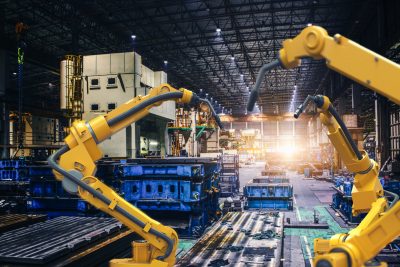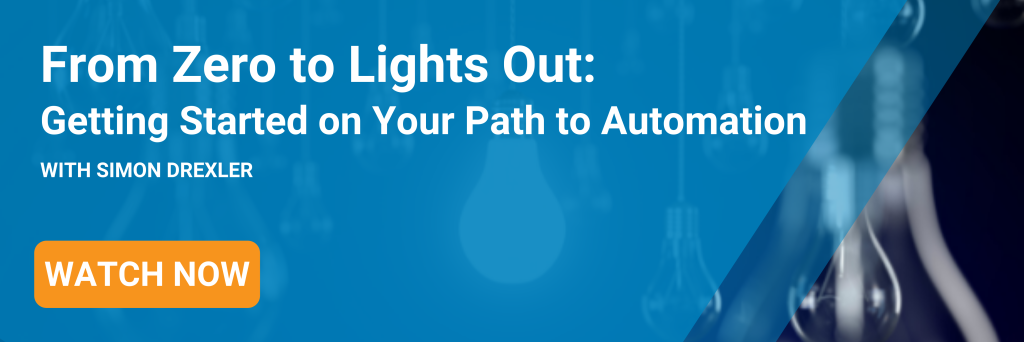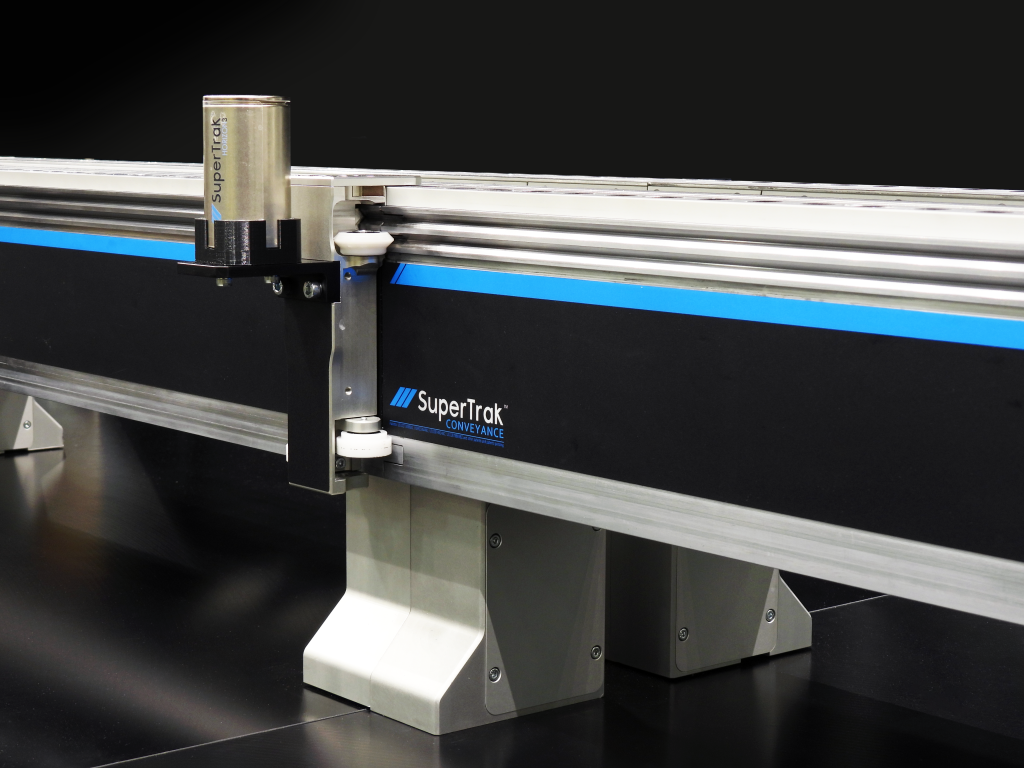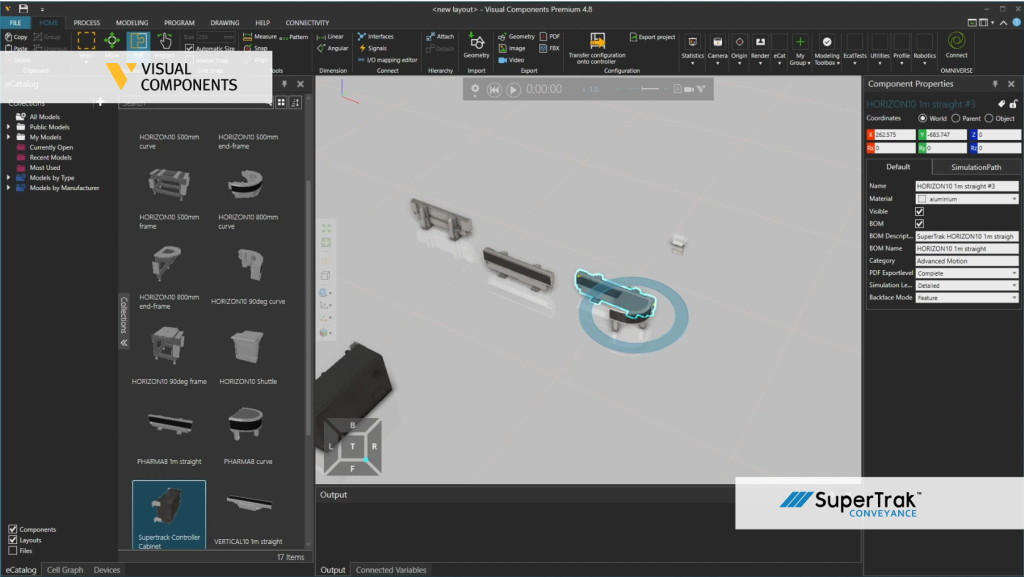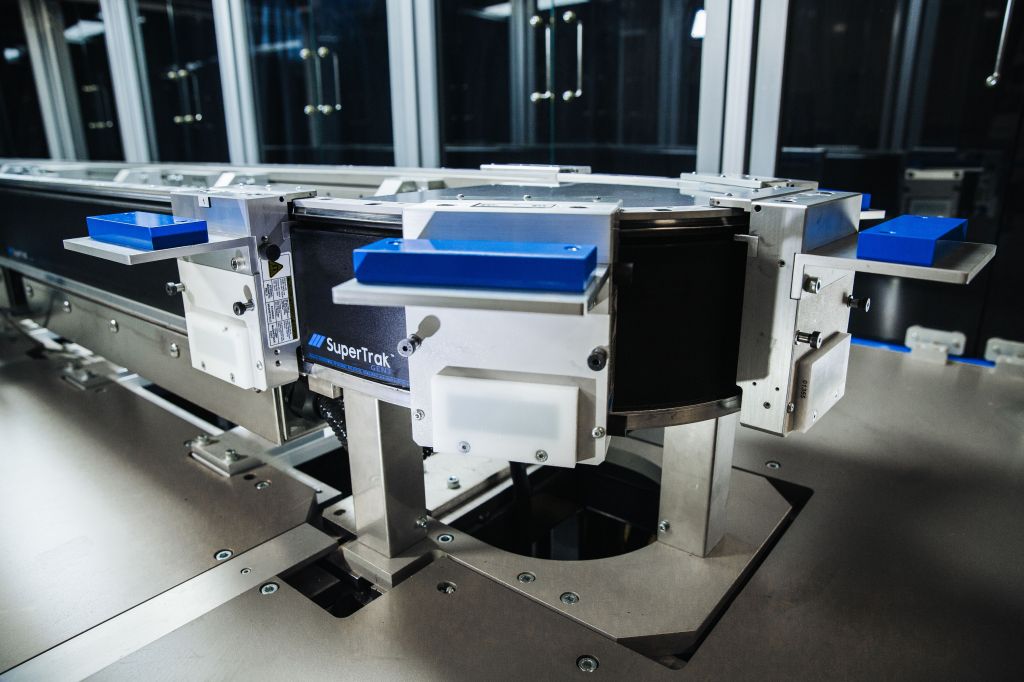Automation is nothing new. Implemented in various industries to help businesses increase quality, performance, and availability to provide productivity that delivers ROI.
As automation and its applications continue to grow and evolve rapidly, evaluating the potential and selecting the right time for your business to automate production can be difficult.
As a rule of thumb, when your demand begins to outpace your production, it is most likely time to consider some element of automation on your factory floor. But that guideline is an oversimplification. Typically, we suggest companies look at or consider three major drivers: performance, quality, and availability.
- Performance is a primary driver for the need of enhancement which can bring complexity to the process.
- Quality strives for continuous improvement of production processes, reducing product rejects and waste.
- Availability is the capability to meet customer demand when required.
These drivers align with industry-standard Overall Equipment Effectiveness (OEE). They are the direct lines between your desired improvements as well as the business’ bottom line.
Before you move forward with industrial automation, it is important to recognize that automation comes in different forms. Determining what form is right for your business at the time and what form will set you up for future success is necessary.
Types of Automation
Manual + Technology
A workplace with no technology is rare indeed. We commonly see a mix of manual operations that involve some form of technology. A pick-to-light system is our favorite example, where an augmentation to the manual process makes the team more efficient. Stations where operators manually place parts into the automation system are another common example.
Semi-Automated
Recently, there has been a significant rise in the number of solutions that are semi-automated. These processes involve steps that are performed by both human and machine but are usually orchestrated by a centralized computer controller.
Some manufacturers choose this option due to the complexity of the task or because production volumes are too low to justify the cost of full automation.
Fully Automated
Fully automated processes run end-to-end with limited human interaction. There are many reasons for manufacturers to fully automate their processes. Automation can require a significant upfront investment, but today’s automation usually allows manufacturers to lower their costs and accelerate their production without sacrificing quality.
SuperTrak Conveyance™ expert Simon Drexler, talks more about how manufacturers can take their business facilities and processes from no automation all the way to fully automated production in his webinar, From Zero to Lights Out. Watch it on demand-here.
Steps to get Started with Automation
You have identified the need to automate your process. What do you do next?
Following the 3 basic steps outlined below will help you get started and ensure that you and your business are set up for success.
Step 1: Process Definition
Process definition is the foundational analysis of the process itself and includes correctly identifying and defining all the inputs and outputs. Merely completing process definition can reduce costs, increase productivity, and lay groundwork for new applications.
When to move on?
- Exhausted practical process improvement, confirming that a new approach is needed.
- Removed (or identified) bottlenecks.
- Reviewed serial vs. Parallel processing – centralization or decentralization approaches open different paths for you.
“Automating a bad process just makes the process more effective at being bad.”
Step 2: Data Analysis and Infrastructure
Once you know what you want to measure, you can add verification steps at the most effective points in the process. Acquiring data at the targeted steps of the process supports the change you want to make. Data analysis works towards improving quality, improving capabilities of the technology in the process, and starts to open new applications in production that require different pieces of technology.
When to move on?
- Process data support investment has created the business case to automate.
- IT / Infrastructure needs are known and included in the plan.
- Organizational capacity for traceability exists allowing automation to generate new necessities.
Step 3: Automate or Augment
Start adding technology where it makes sense from your process definition and verification points. Continue to adapt, grow, and change to any benefits that make sense to your business to ensure that your probability of successful implementation goes up significantly.
When to move on?
This phase of the process is never complete! Continue to go through steps one and two to get to the end destination you desire.
- Re-evaluate when the mix of automation technologies shifts.
- Focus on business case / ROI.
- Success is reliant on readiness to utilize new technologies.
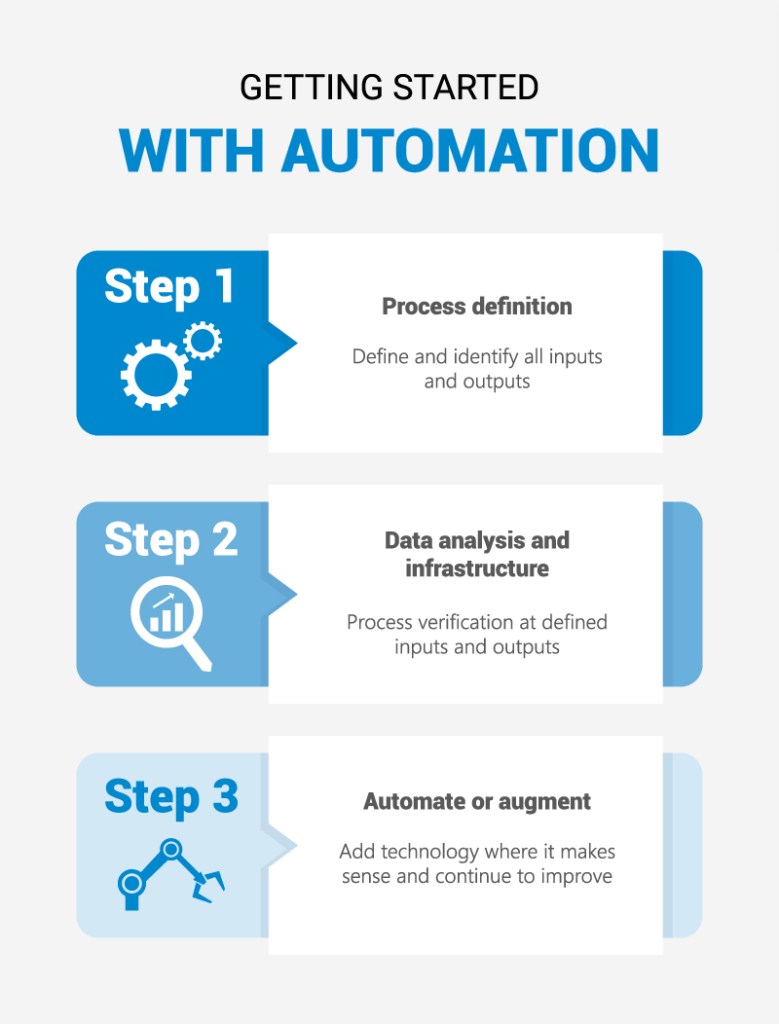
When looking at a fully automated system, starting with your conveyance platform can result in high payoffs in the long run since your conveyance impacts nearly every component of your automation system. Your conveyance platform’s performance has a ripple effect on the rest of your automation cell, your tooling, the speed or cycle times, space or footprint requirements on the factory floor, and multiple other peripherals.
By focusing on your conveyance early in the design phase, you transform the way your automation systems are built, making it easier to not only design but also to develop and deploy.
If you’re ready to automate, exploring your conveyance options is a great place to start! The SuperTrak™ team can help you explore your automation options and determine what type of conveyance is best suited to your application. Contact the SuperTrak™ Team today!

